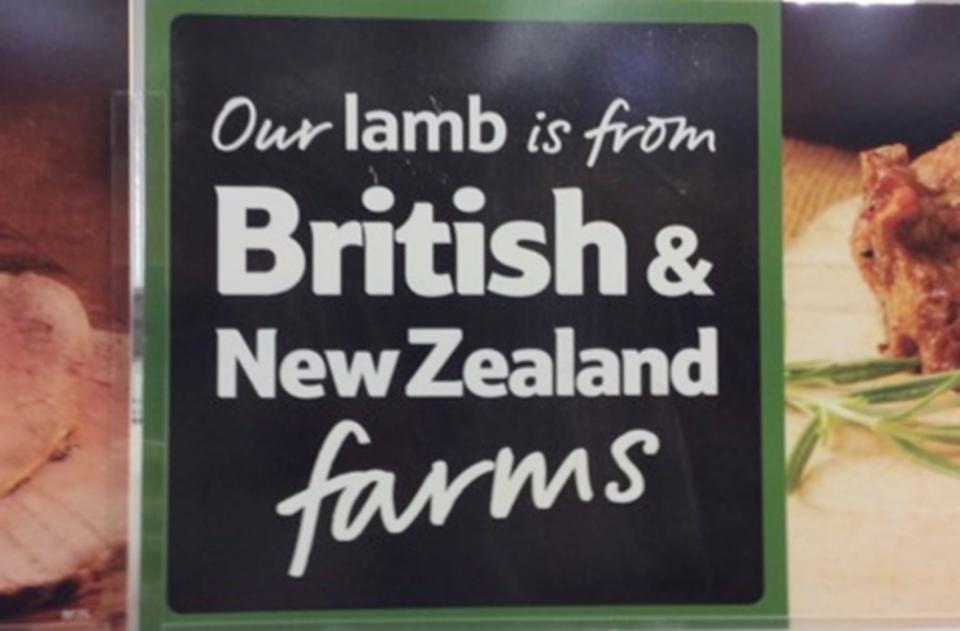Many overseas consumers are unaware their food originates in New Zealand, undermining attempts to promote our “clean and green” and premium brand image, a new study finds.
It shows there are significant opportunities for New Zealand premium consumer food and beverage products in overseas markets but we are missing out because we are not communicating to consumers.
“Maximising Export Returns; Communicating New Zealand’s credence attributes to international consumers”, by Lincoln University Agribusiness and Food Marketing Programme Director Nic Lees and Agribusiness and Economics Research Unit director Professor Caroline Saunders, finds having a visible label and a good relationship with industry buyers could improve the situation.
It explores the opportunities for New Zealand food and beverage exporters to increase returns through communication of the credence attributes of products to consumers and gatekeepers (or the buyers in the supply chain.
Credence attributes are those believed by a consumer to be present in a product even though they can’t see them: such as animal welfare, fair trade, provenance and environmental stewardship.
Lees says respondents consistently identified the lack of a retail brand and absence of a long-term relationship with the partners in the market as the most significant constraints to communicating credence attributes to consumers.
The most important method of communicating credence attributes to the consumer is through product labelling but in overseas markets identification of New Zealand origin is frequently filtered out through the distribution channel where products get further processed, repackaged and rebranded, or became an ingredient in another food product.
He says the majority of New Zealand’s beef and dairy exports are unbranded commodities that enter the manufacturing sector as raw materials or ingredients for processed products.
Likewise, significant proportions of lamb and venison exports enter the food service sector and are delivered to hotels, restaurants and institutions where they are, frequently, not identified to the consumer as being of New Zealand origin.
“As a result, a large percentage of New Zealand food exports do not have New Zealand origin identification or branding at point of purchase. Consequently, New Zealand-specific credence attributes get lost.”
Quality and health attributes, said to be of the highest importance to the consumer, are often ‘wrapped up’ with other credence attributes, such as country of origin, organic, free range, pesticide free and local. These categories are often extrinsic quality attributes provided on the product label and advertising
Where New Zealand-related brands, or logos occur significant additional information could be associated with them.
The research also indicates the most important method of communication for the wholesaler or retailer is personal communication, which is dependent on the quality of the relationships with the exporters, Mr Lees says.
When New Zealand exporters sell products to brokers or traders, there is often very little communication of credence attributes.
These gatekeepers often have short-term relationships with a number of New Zealand exporters and price is the most significant factor for them. These importers and distributors sometimes actively restrict communication with retail customers and consumers in order to prevent product differentiation and, therefore, their ability to substitute products and suppliers.
He says having the right supply chain partners at all levels of the supply chain is seen as critical to success in the market.
The quality of the partner relationship and the ability to brand products at retail were often inter-related. Some retail gatekeepers actively prevent exporters from promoting their own brands and restrict the amount of information about the products’ attributes communicated to consumers.
Lees says research shows it is possible to effectively communicate the credence attributes of New Zealand’s food products to consumers. New Zealand kiwifruit, wine and some dairy brands were examples of this.
“These products demonstrate it is possible to capture a significant consumer premium for quality attributes that incorporate both the experience and credence attributes valued by consumers. These brands were able to become an effective quality cue or search quality attribute for consumers.”
The report is part of a wider three year project, ‘Maximising Export Returns (MER)’, undertaken by AERU at Lincoln University and funded by the Ministry of Business, Innovation and Employment’s Food and Beverage Information Project. The research will assist in developing premium New Zealand brands, and underpin the growing diversification of the New Zealand economy.
A full copy of the report is available at http://hdl.handle.net/10182/6550





